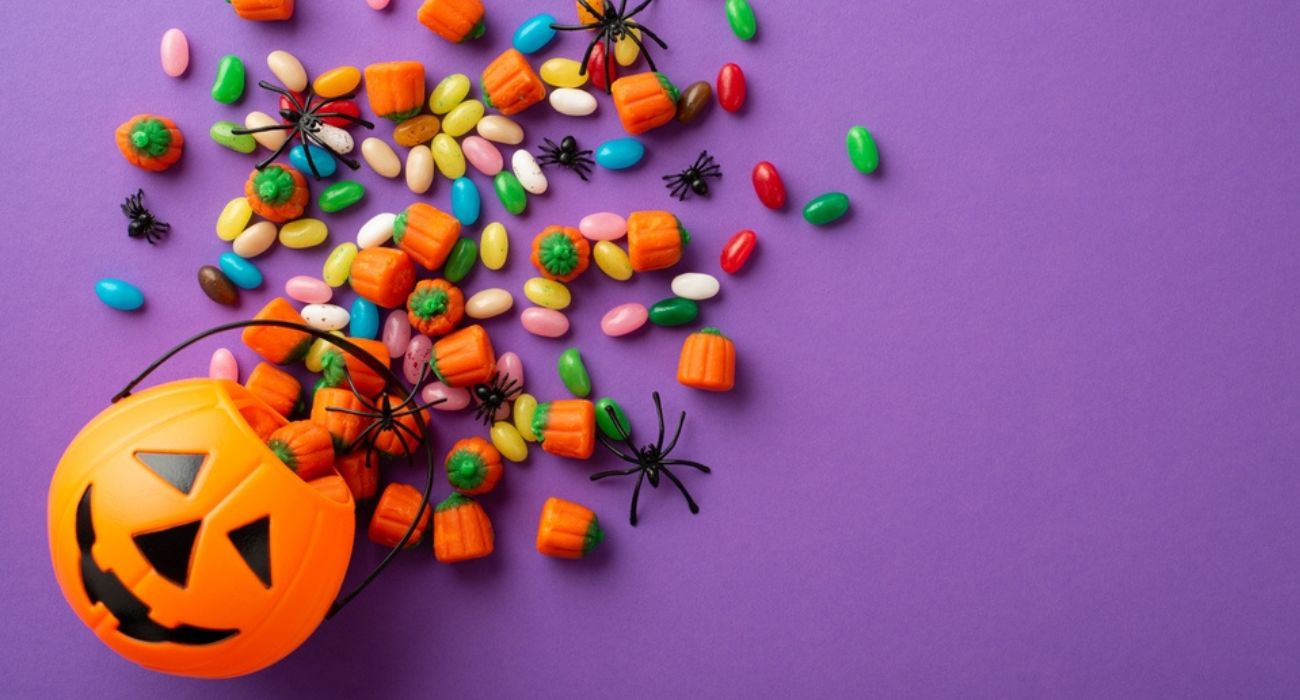Striking a balance between indulging in the sweet treats of the holiday season and maintaining your health can be difficult, yet experts insist on its importance.
Halloween, which kicks off the end-of-year seasonal festivities, is notorious for its abundance of sugary treats for kids and adults alike.
The National Retail Federation estimated that Americans would spend $3.6 billion on candy alone this Halloween, aided by a noticeable spike in prices, as covered in The Dallas Express. In Texas, the cost of Halloween candy shot up 10.9% from last year and 35.9% over the previous three years, according to Scholaroo.
Moreover, the average American tends to eat a whole lot of candy on Halloween, with estimates ranging from three to four pounds. This is similar to going to town on about 220 sugar packets. The average child is believed to consume over 16 times the daily recommendation of sugar, which is up to 25 grams. This amount of sugar can add anywhere between 3,500 and 7,000 calories to a given day.
The consumption of added sugar has been linked by scientists to dozens of negative health outcomes, including type 2 diabetes, obesity, heart disease, and depression, as previously reported in The Dallas Express. Obesity is especially considered a rampant public health problem, with the Centers for Disease Control and Prevention recently reporting that 22 states — including Texas — have reached an adult obesity rate of 35% or above.
Although these statistics are alarming, banning Halloween candy altogether isn’t the answer, according to Neha Patel, an expert dietician from Teladoc Health.
Speaking with NBC 5 DFW, Patel explained that placing too many limitations on our consumption can set us up for failure. Instead, setting certain parameters for eating candy — such as keeping it as a sweet treat after a healthy dinner — and savoring each bite to curb binge eating could help.
“So to really help avoid overindulging on those sweets, take small bites. Taking the first bite to really just savor the flavor and then a second and third bite. By the third bite, it should satisfy our craving. At least that’s the goal to be able to still enjoy it, but not overindulge,” Patel explained.
Being aware of what each candy contains in order to make healthier choices is also important.
For instance, the following candy servings have 10 grams of sugar or less, according to Patel.
- one mini York peppermint patty
- Justin’s mini dark peanut butter cups
- eight peanut M&M’s
- one snack-size Kit Kat
- three starbursts
- one roll of Smarties
Moreover, you might also want to consider what your dentist might think about your Halloween candy consumption. As previously covered in The Dallas Express, sticky or hard candies can dislodge dental restorations or even chip teeth.
As recently explained by clinical associate professor Janna Burnett from Texas A&M College of Dentistry, chocolate is a better choice for your teeth because it is easier to brush away than other types of candy, according to KERA.






